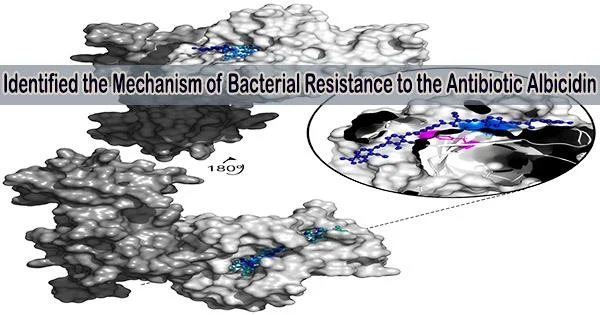Gene amplification is a biological process through which the number of copies of a particular gene within a cell’s genome is increased. This can lead to an overexpression of the gene’s product (typically a protein or RNA molecule) and can have significant implications for the cell’s physiology, often contributing to diseases like cancer.
According to a recent investigation, pathogenic bacteria exposed to the antibiotic albicidin rapidly improve their resistance by up to 1,000 times through a gene amplification process. Mareike Saathoff of Freie Universität Berlin, Germany, and colleagues present these findings in the open access journal PLOS Biology.
One of the most well-known mechanisms of gene amplification involves the duplication of chromosomal segments containing the target gene.
Antibiotic resistance in bacteria is a developing issue that contributes to millions of deaths annually throughout the world. Creating more potent antibiotics and employing them in more effective ways requires an understanding of how bacteria develop resistance.
Our study reveals a gene duplication and amplification-based mechanism of a transcriptional regulator in Gram-negative bacteria, that mediates resistance to the peptide antibiotic albicidin.
Mareike Saathoff
Albicidin has gained popularity in recent years as a promising antibiotic that can kill a variety of bacterial species by interfering with their DNA replication. New albicidin-based treatments are being developed by researchers, however despite their potential, some bacteria can become resistant to albicidin.
To further investigate albicidin resistance mechanisms, Saathoff and colleagues conducted a suite of experiments employing a broad set of tools, including RNA sequencing, protein analysis, X-ray crystallography, and molecular modeling.
They discovered that when exposed to steadily increased quantities of albicidin, the two bacteria Salmonella typhimurium and Escherichia coli, which are frequently linked to human infection, become resistant to the drug.
Their analysis narrowed down the source of this resistance to an increase in the number of copies of a gene known as STM3175 (YgiV) in the bacterial cells, which is amplified in each new generation of cells as they multiply. STM3175 encodes a protein that interacts with albicidin in such a way that protects the bacteria from it.
It’s important to note that gene amplification is a complex process influenced by various genetic and environmental factors. While the process described above outlines the general mechanisms, the specific details can vary depending on the gene, the cell type, and the context in which amplification occurs.
Additional research revealed that both harmful and pathogenic bacteria, such as Pseudomonas aeruginosa, which may cause pneumonia and other illnesses, and Vibrio vulnificus, which can infect wounds, have the same albicidin-resistance mechanism. These results may provide guidance for future albicidin-based antibiotic development.
The authors add, “Our study reveals a gene duplication and amplification-based mechanism of a transcriptional regulator in Gram-negative bacteria, that mediates resistance to the peptide antibiotic albicidin.”
















